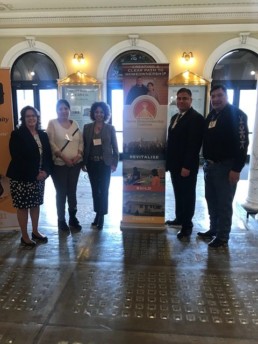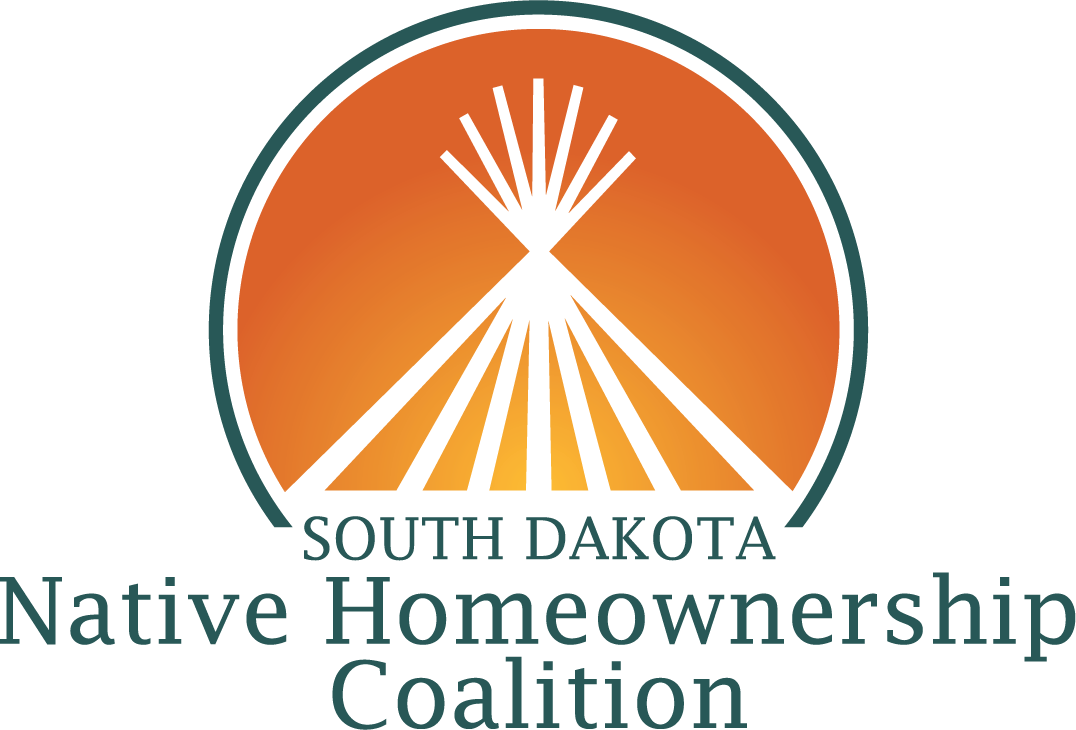Coalition Convenes Native American Contractors in Effort to Increase Reservation Housing Stock
According to the U.S. Department of Housing and Urban Development (HUD), about 16 percent of households on Indian reservations are overcrowded, and an additional 68,000 housing units are needed to alleviate this burden. Housing in Indian Country is a complex and costly problem, but we are taking a grass roots approach to reverse long-standing issues on our state’s reservations.
“A couple years ago, we convened building contractors that were doing work on reservations and asked them about the major challenges they were facing. Since then, we’ve been implementing multi-faceted solutions designed to build the capacity of Native American building contractors, strengthen the construction industry on our state’s nine reservations, and to ultimately increase the housing stock available to Native American families,” says Tawney Brunsch, a member of the Coalition’s Executive Committee.
This year, at our 3rd annual Contractor’s Workshop the 84 attendees learned about federal and state programs that could put them at an advantage in the marketplace and grow their business. They also discussed the possibility of starting a Native American chapter of the South Dakota Homebuilders Association, which would unify their industry and provide opportunities for peer learning.
Daniel Kirk from Sisseton, South Dakota, started his company, Arrow Construction, a couple of years ago and now has four employees. He said he came to the workshop because he wants to improve the standard of living for his people.
“It’s been awesome to meet up with other contractors – talking about maybe teaming up instead of fighting,” said Kirk.
Kirk and the other building contractors at the workshop received professional instruction and assistance in developing a capability statement, a standard industry tool that is used to market construction firms. At the end of the workshop, they had the opportunity to pitch their firms to several different agencies seeking residential building contractors for upcoming projects.
“Meeting people here will have a big benefit with how I do business,” said Kirk. He believes the connections he made at the workshop are the most valuable thing he will bring back home with him.
Kirk first became involved with the Coalition through our Construction Internship Program last summer. He managed five interns who completed 400 hours of on-site work experience as well as a series of financial literacy trainings.
“The financial literacy was really cool. It changed everyone’s spending habits a little bit,” says Kirk.
During this year’s workshop, Kirk and two of his employees who were interns this summer were recognized along with others who also completed the Construction Internship Program.
“Building a qualified workforce and strengthening the Native American construction industry are foundational steps to making sure there is adequate housing and homeownership opportunities on reservations. We know this will be a long-term effort, but we are pleased with the progress we’ve made in the few short years we’ve been chipping away at some of these challenges,” says Brunsch.
Groups Gather to Advocate for Affordable Housing

Homes for South Dakota, a coalition of approximately 30 nonprofit, public, and private entities, gathered in the rotunda at the State Capitol to raise awareness of the need for affordable housing across the state and to advocate for a dedicated source of revenue for the South Dakota Housing Opportunity Fund (HOF).
During a luncheon, participants called legislative attention to the HOF, a program that has awarded $16.2 million in grant funding to create affordable housing for over 2,000 families since 2013. Currently, funding for HOF comes from budget surpluses, but Homes for South Dakota members argue that a dedicated source of revenue is needed to strategically implement long-term planning and leverage investments for affordable housing projects.
“HOF dollars have been leveraged with other sources time and again to create affordable housing options for families in every county of the state,” says Tawney Brunsch, Executive Committee Member of the South Dakota Native Homeownership Coalition, an organization that exhibited at the Homes for South Dakota day at the Capitol.
With rental and real estate prices on the rise, nearly a quarter of all South Dakotans have become housing cost-burdened, meaning that more than 30% of their income is being spent on housing and utilities. These households have little money left for other basic necessities, such as food, medical care, and transportation.
“We have many low- to moderate-income families whose incomes can’t keep up with the increasing housing costs. HOF has been combined with federal funding and private financing to build affordable rental and homeownership units – and even provide down payment assistance in some cases. It is a proven successful solution,” says Brunsch.
Housing Opportunity Fund Case Studies
Developed for the Homes for South Dakota Day at the Capitol, this set of case studies highlights how South Dakota’s Housing Opportunity Fund is creating homeownership opportunities in tribal communities.


